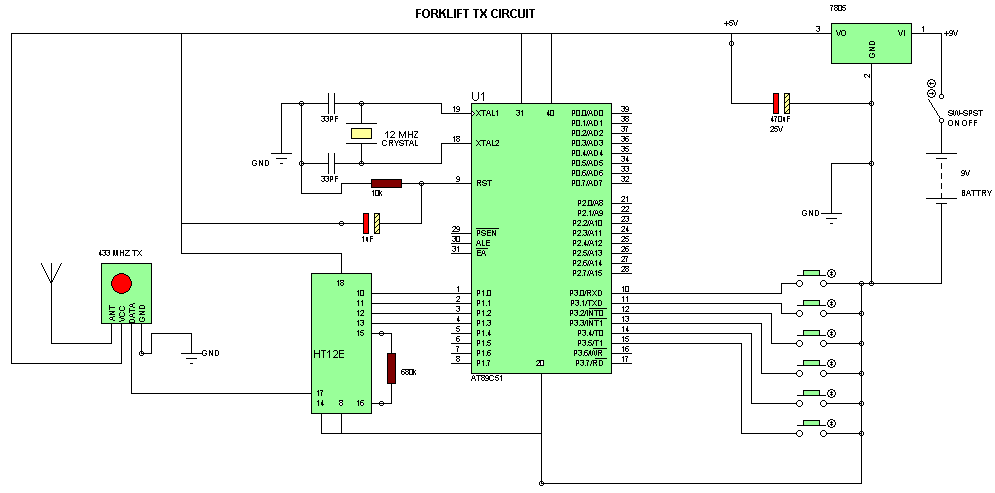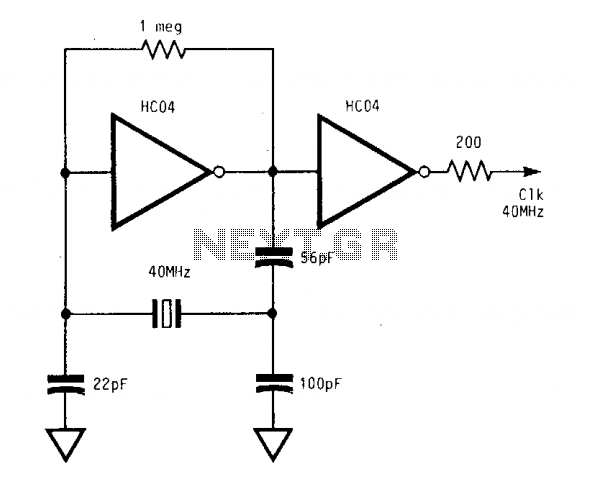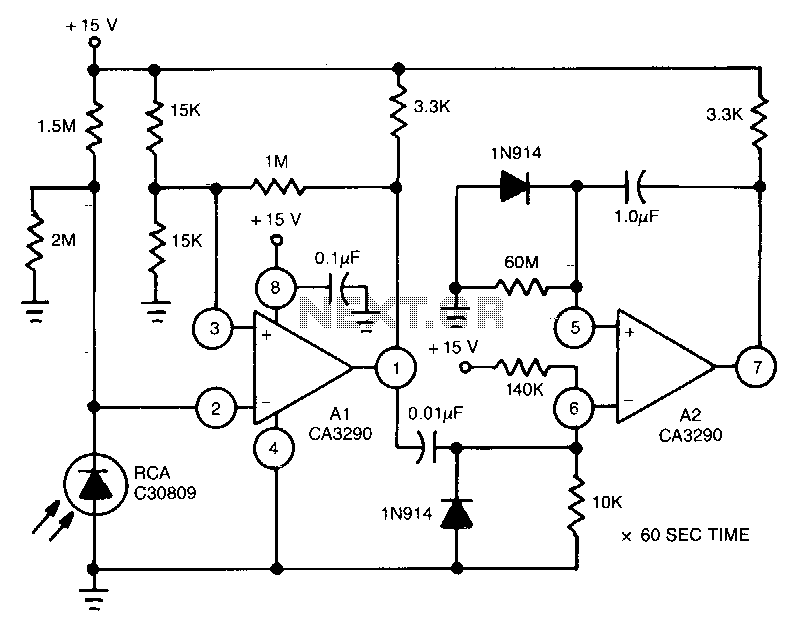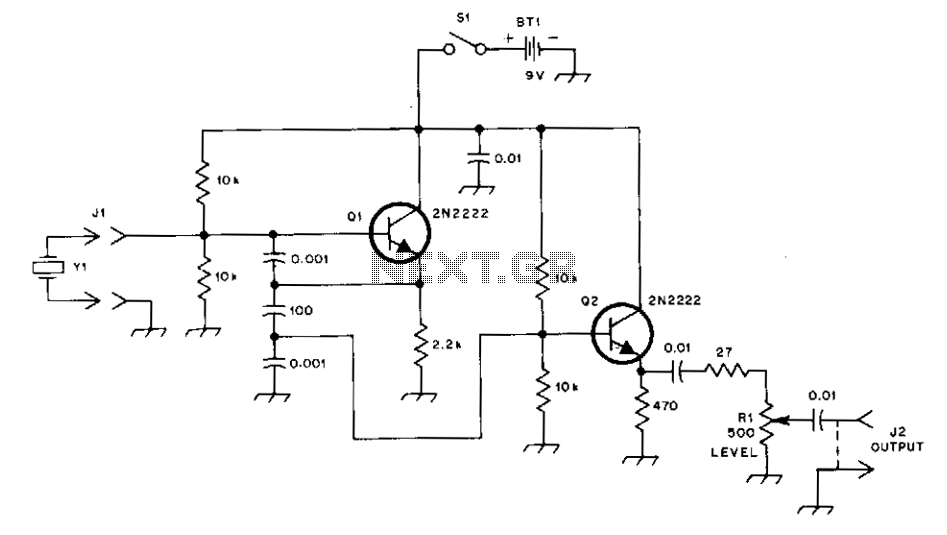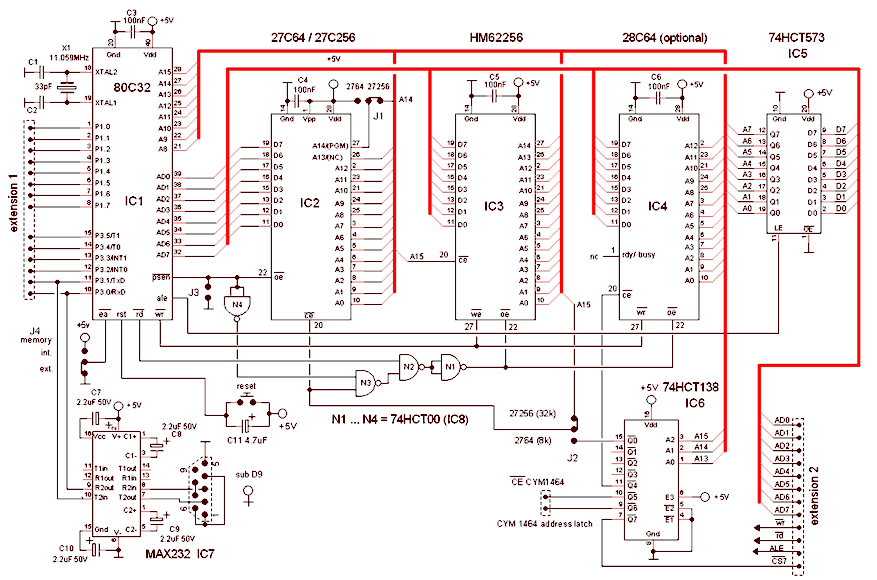
Pendulum Controlled Clock
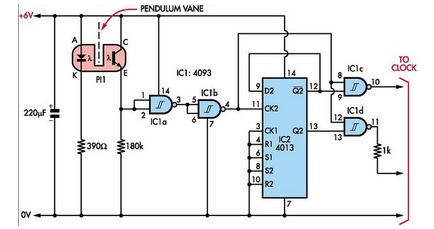
Here is how to build a pendulum-controlled clock that can be made very accurate. Retro? Yes, but it is an interesting project nonetheless. You will need a specific set of components.
A pendulum-controlled clock is a mechanical timekeeping device that utilizes the oscillation of a pendulum to regulate the passage of time. The design typically consists of a pendulum, an escapement mechanism, and a gear train, all of which work together to achieve accurate timekeeping.
The pendulum itself is a weight suspended from a pivot that swings back and forth due to the force of gravity. The length of the pendulum directly affects its period, or the time it takes to complete one full swing. For optimal accuracy, the pendulum should be designed with a precise length, typically adjusted by moving the weight along the pendulum arm.
The escapement mechanism is crucial in transferring the energy from the gear train to the pendulum. It allows the pendulum to advance the clock's gears at regular intervals, effectively controlling the movement of the clock hands. Common types of escapements used in pendulum clocks include the anchor escapement and the Graham escapement. Each type has its advantages in terms of accuracy and reliability.
The gear train connects the escapement to the clock face, translating the pendulum's oscillations into the rotational movement of the hour and minute hands. The gears must be meticulously designed and constructed to minimize friction and ensure smooth operation. The use of high-quality materials and precise machining will significantly enhance the clock's performance.
In constructing a pendulum-controlled clock, careful consideration should be given to the overall design, including the selection of materials, the dimensions of the pendulum, and the configuration of the gear train. This project not only provides a fascinating insight into the principles of timekeeping but also offers an opportunity to apply engineering skills in a practical setting.Here s how to build a pendulum-controlled clock which can be made really accurate. Retro? yes, but an interesting project all the same. You ll need a sp.. 🔗 External reference
A pendulum-controlled clock is a mechanical timekeeping device that utilizes the oscillation of a pendulum to regulate the passage of time. The design typically consists of a pendulum, an escapement mechanism, and a gear train, all of which work together to achieve accurate timekeeping.
The pendulum itself is a weight suspended from a pivot that swings back and forth due to the force of gravity. The length of the pendulum directly affects its period, or the time it takes to complete one full swing. For optimal accuracy, the pendulum should be designed with a precise length, typically adjusted by moving the weight along the pendulum arm.
The escapement mechanism is crucial in transferring the energy from the gear train to the pendulum. It allows the pendulum to advance the clock's gears at regular intervals, effectively controlling the movement of the clock hands. Common types of escapements used in pendulum clocks include the anchor escapement and the Graham escapement. Each type has its advantages in terms of accuracy and reliability.
The gear train connects the escapement to the clock face, translating the pendulum's oscillations into the rotational movement of the hour and minute hands. The gears must be meticulously designed and constructed to minimize friction and ensure smooth operation. The use of high-quality materials and precise machining will significantly enhance the clock's performance.
In constructing a pendulum-controlled clock, careful consideration should be given to the overall design, including the selection of materials, the dimensions of the pendulum, and the configuration of the gear train. This project not only provides a fascinating insight into the principles of timekeeping but also offers an opportunity to apply engineering skills in a practical setting.Here s how to build a pendulum-controlled clock which can be made really accurate. Retro? yes, but an interesting project all the same. You ll need a sp.. 🔗 External reference
